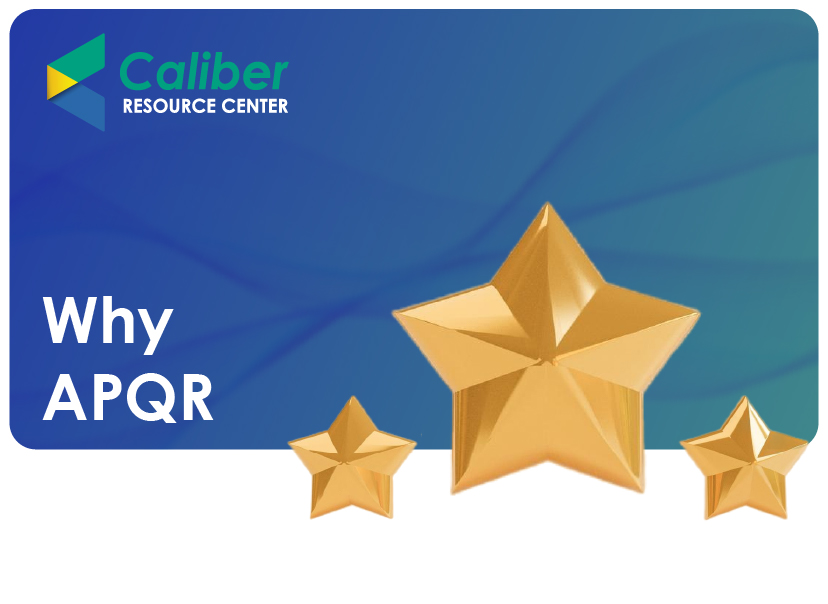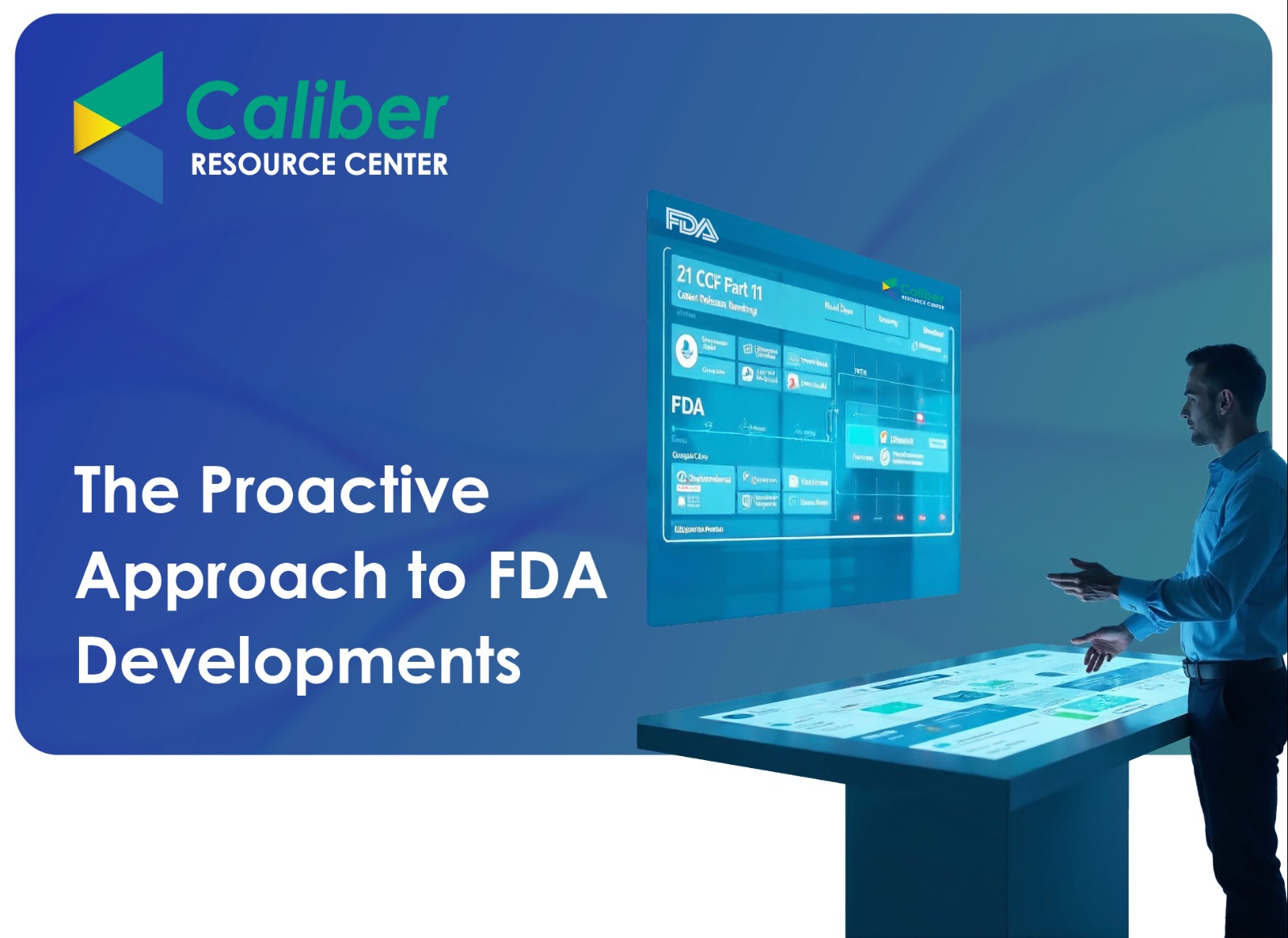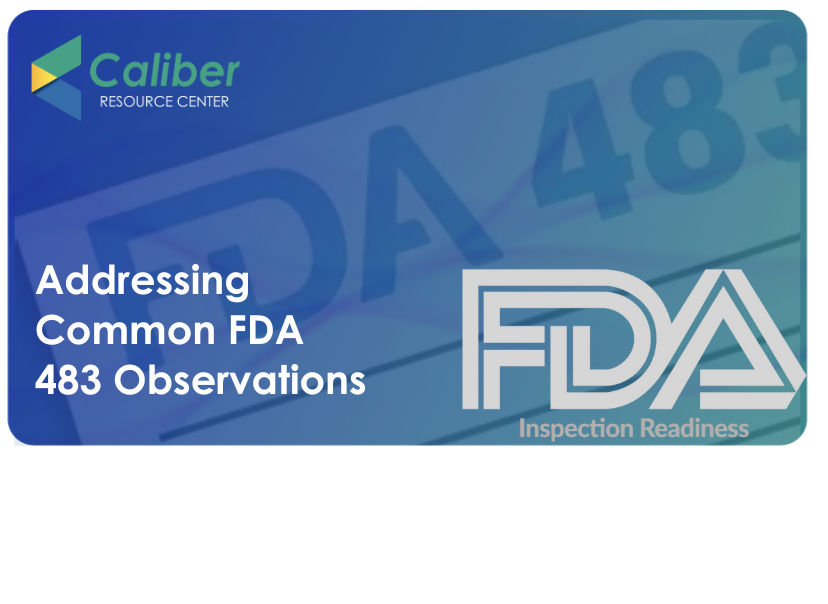What’s Inside
TogglePharmaceutical companies are constantly under the lens of regulatory agencies. There is no room for compromise when it comes to product quality. Yet, many companies continue to rely on manual processes for their Annual Product Quality Review (PQR), exposing themselves to unnecessary risks and missed opportunities.
It’s time to break the conventional norms and embrace the digital revolution. In this article, we will delve into the real-life challenges of pharmaceutical companies with manual PQR and unveil the transformative potential of a digital Annual Product Quality Review process.
Pharmaceutical companies must prepare APQRs. APQRs are documented analysis reports of a product’s quality adherence to industry-specific regulations. Apart from being a legal requirement, it helps companies to ensure product quality at all stages. With the advent of numerous regulatory guidelines, organizations across regions face challenges in preparing APQRs. However, as regulations are constantly evolving, APQR is becoming more complex for quality teams.
Key Challenges with APQRs
APQR mandates establishing consistent workflows by revalidating processes for finished products. Many organizations are implementing solutions to simplify quality processes. Still, the FDA issued 686 warning letters in 2022 and 125 warning letters in 2023 (till date) based on various parameters globally (1). To ensure quality strategies continue to meet regulatory requirements, the common APQR challenges must be addressed.
- Relying on paper-based processes. Most companies in the regulated industry still use manual, paper-based records. Quality teams analyze data and compile reports from legacy systems. The periodic preparation of these reports is a cumbersome process, as it involves a lot of time and effort of resources. It can also lead to process inefficiencies, data integrity issues, and delays.
- Data retrieval for assessments. Raw data extracted for analysis must be accurate for evaluation purposes. Reviewing individual batches on paper to assess process controls, batch performance, and statistical analysis is time-consuming It requires significant human effort, attention to detail, and a substantial amount of time to sift through large volumes of data. This can lead to delays in accessing critical information and impede the decision-making process.
- Missing long-term quality improvement areas. APQR is a collective effort from the quality control, quality assurance, operations, and material management team members. During the process, many areas of improvement are discovered but not addressed. These unsolved issues may arise in the next product review too. Identifying key performance indicators for inspections can help calculate risks. This data can also help teams in developing Corrective Action and Preventative Action Plans for continuous improvement.
- Placing data together. Using paper, multiple systems, and spreadsheets often show a distorted picture of the data available for product quality reviews. Extracting data from fragmented enterprise resource planning, laboratory information management systems, quality management systems, manufacturing execution systems, and other applications poses a challenge to APQR standards. Enabling more connectivity across quality systems can make quality management easier.
Now, envision a world where pharmaceutical companies break free from the above-mentioned shackles of manual PQR and embrace the power of digital transformation. Let’s deep dive further into finding out better ways to manage APQRs.
A Better Way to Managing APQRs
Using unified quality systems can help streamline APQR execution. Capabilities like auto-scheduling reviews, trend analysis, and easy integration with other applications ensure data integrity and real-time visibility of data. With advanced quality solutions, companies can have more automation, develop product-specific reports, and drive efficiency. For a smooth transition to a seamless APQR, companies must consider APQR systems with these key features.
Automation – APQR systems with automating capabilities can reduce paperwork and empower users with reliable data. Creating templates, documents, and trend reports automatically improves data quality and compliance.
Role-based access – Role-based access drives traceability while simplifying reviews and approvals.
Workflows – A system with step-by-step workflows ensures accuracy and consistency. Independent workflows for individual tasks help maintain audit trails, improve data integrity, and reduce compliance risk.
Ready-to-use templates – Flexible templates for various products help bring products into new markets quickly and easily.
Digital aspect – Digital APQRs can transform the process for regulators and quality teams. Easier access promotes a smoother review and verification process.
Enabling automated quality systems for better connectivity
Companies can now optimize their quality processes by adopting modern tools. Unified systems readily allow real-time reporting, process automation, and improved compliance. Reducing manual, paper-based tasks of preparing APQR can create more space for effective resource utilization.
Using a connected and fully automated APQR system allows inspectors to dig quickly into the data. It increases trust and builds confidence with regulatory agencies. Automating the data collection process improves the quality of data and harmonizes processes. This increases cross-functional team efficiencies while saving time and money for the companies. Companies and regulators are geared up to gain a collaborative advantage with a digital, automated APQR process. Today, such systems are well within the reach of customers.
CaliberAPQR – Elevating the Quality System Standards
CaliberAPQR is an exclusive offering by Caliber Technologies. It turns the complex APQR process into a hassle-free affair and is already changing ways of Pharma quality management. It goes beyond the basic regulatory requirements and provides users with ready-on-demand analytics for crucial functions. The system also promotes a culture of continuous product quality review.
Say Goodbye to Annual Reports; ANYTIME PQR is now possible
Bringing a complete transformation, CaliberAPQR simplifies the PQR generation process and allows users to create them anytime within minutes. To generate a lengthy, comprehensive report at a single click is a boon for the pharma industry.
With CaliberAPQR,
- There is no manual intervention required.
- Multiple software licensing for statistical review is no longer required.
- Your APQR reports can always be readily available.
- You get any information at any time.
- Crucial analytics is readily available within minutes as and when needed.
- Data integrity is obtained as source data cannot be edited or deleted in the system.
- Compliance standards are always met.
Quality System Redefined to Your Business’ Strategic Advantage
CaliberAPQR helps companies realize their long-term quality goals and raises the bar of quality excellence in the regulated industry. With this robust application, quality analysts can be ready for the next-level quality standards of the modern era.
It’s time to step into the digital age, leaving behind the limitations of manual PQR. Embrace the digital revolution with Caliber’s APQR and unleash the power of anytime Annual Product Quality Review process to drive quality excellence, innovation, and unparalleled success in the pharmaceutical industry.




